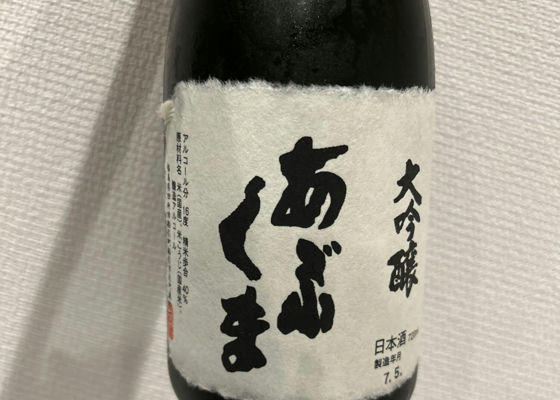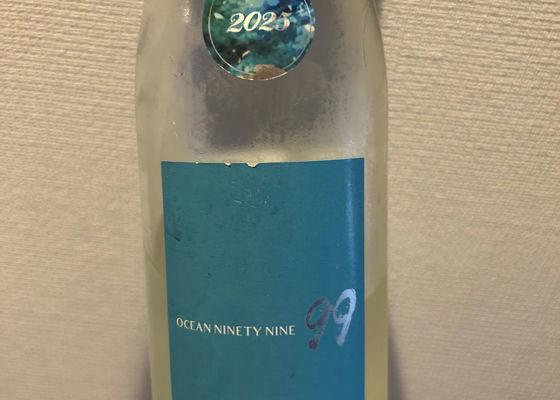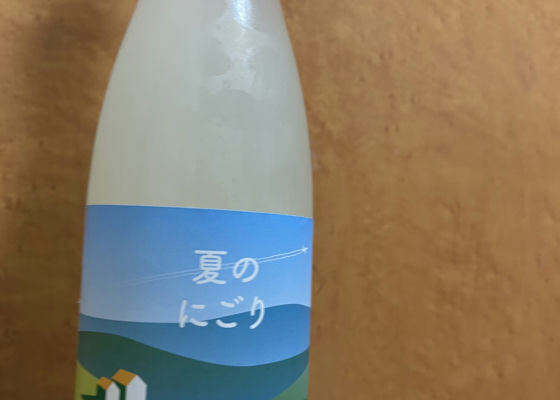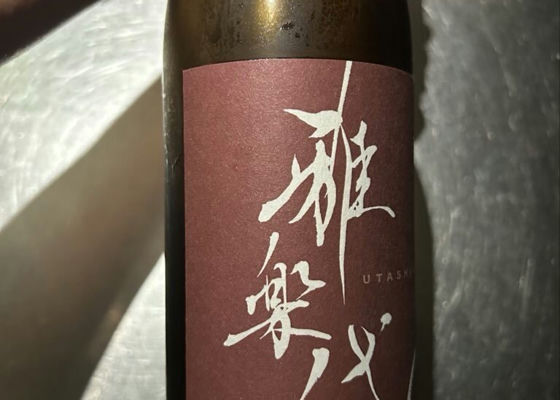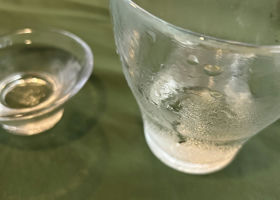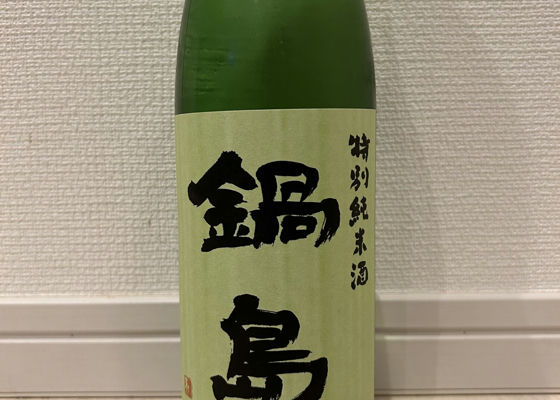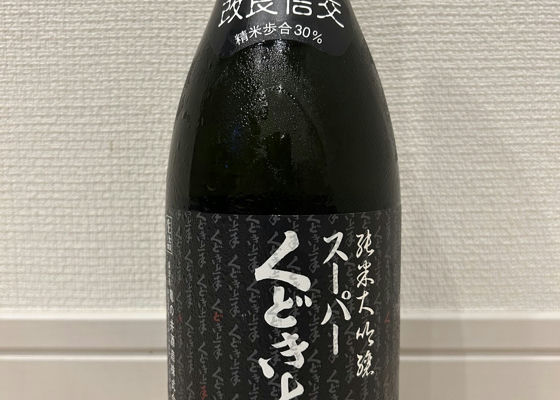
宝田
9.5
The top aroma is juicy grapes and slightly lactic beverage. The texture is silky and watery on the palate, with a clear sweetness that spreads quickly. Next, grape-like fruity aroma, rice flavor, and slight acidity spread. Finally, a slight bitterness appears and lingers on the palate until it finishes.
The watery lightness of the sake and the robust umami, sweetness, and aroma are both very appealing.
Japanese>English



